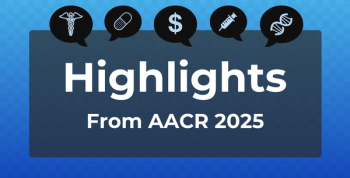Israel Study Finds Booster Dose Significantly Lowers Infection Risk
According to the findings of a study published yesterday by the Health Ministry of Israel, adults aged 60 and older who were administered a third vaccine dose exhibited significantly improved protection against infection and severe illness compared with those who received 2 shots. As reported by Reuters, the participating age group were noted to be particularly vulnerable to COVID-19, and these individuals were among the first to be inoculated when vaccination began in December 2020. Although full details of the study were not released, the findings indicate that the booster shot provided 5 to 6 times greater protection after 10 days against serious illness and hospitalization.
Farmworkers' Health Risks Highlighted
As health risks of climate change continue to affect Americans nationwide, an article by Kaiser Health News spotlighted farmworkers on the frontlines of extreme weather events in California’s Riverside County. Notably, California registered its hottest June and July, with 3 of the desert communities in the county, including Coachella, Indio, and Palm Springs, all reporting record highs in temperatures that surpassed 120 °F. With no federal assistance amid the pandemic, many farmers worked throughout extreme weather conditions, in which Latinos, who represent a majority of California’s farmworkers, were cited to be more at-risk of having conditions that can be exacerbated by extreme heat, such as high blood pressure and kidney disease.
Analysis Finds Uninsured Totals Stable Amid Pandemic
Findings published today of an Urban Institute analysis indicate that percentages of US adults without health insurance remained constant, at approximately 11%, from March 2019 to April 2021, despite the impact of the pandemic. Funded by the Robert Wood Johnson Foundation, the study also found significant shifts in sources of coverage for many people, with Americans receiving employer-sponsored coverage declining from 65% to 62.3%, a decrease of 5.5 million adults, and those reporting public coverage increasing from 13.6% to 17.5%, an increase of 7.9 million adults.










































